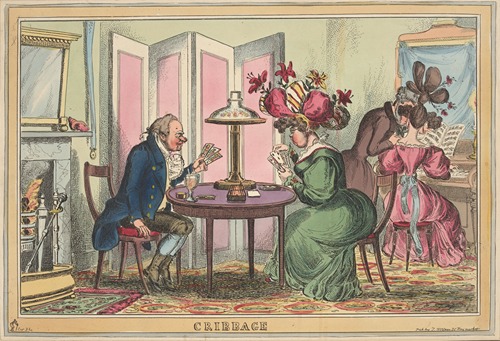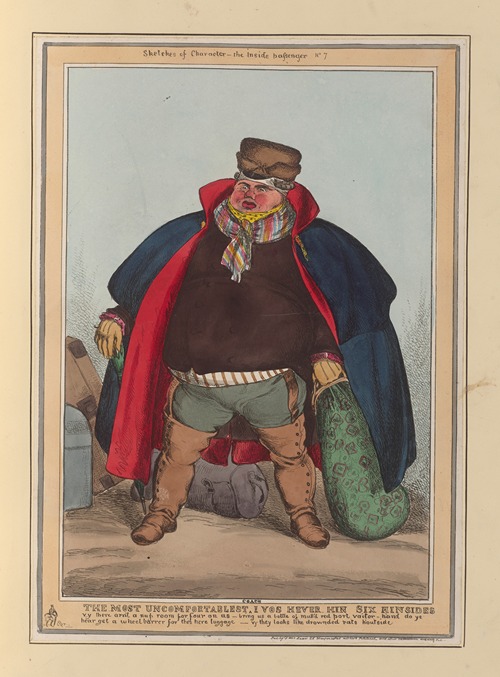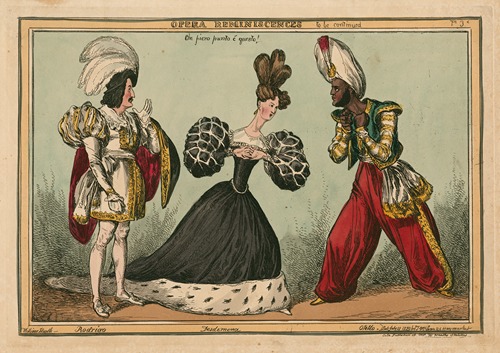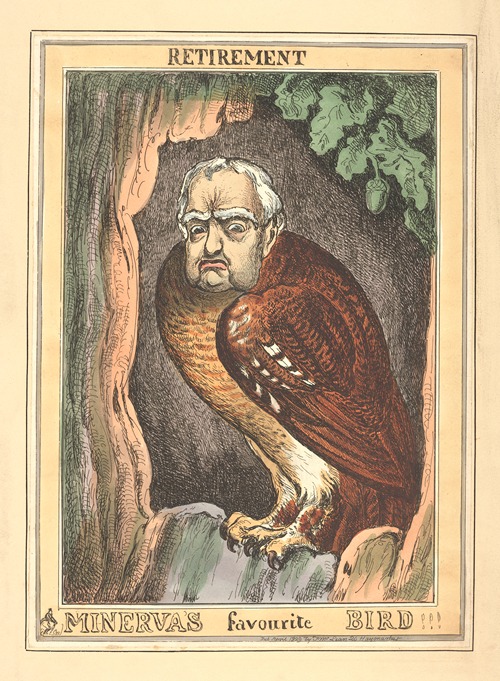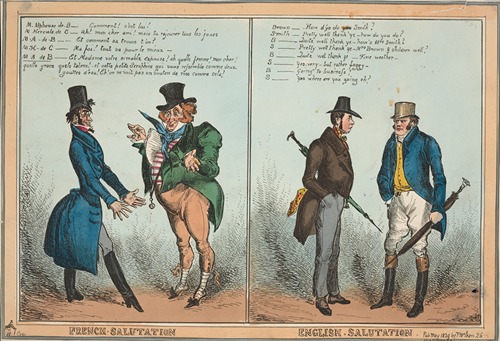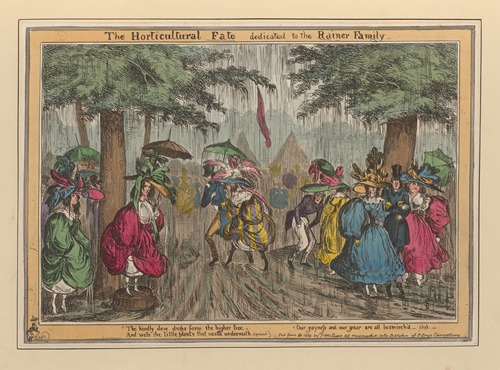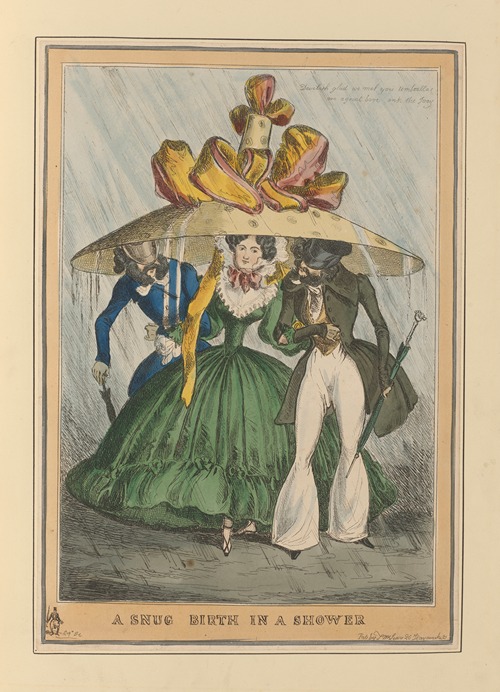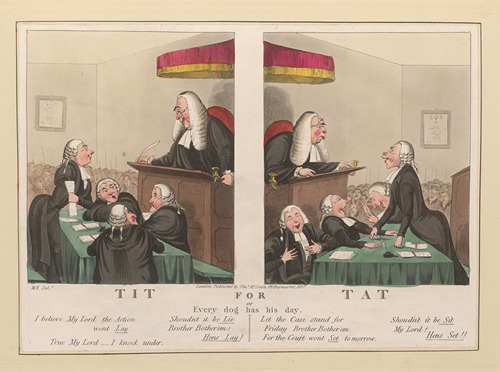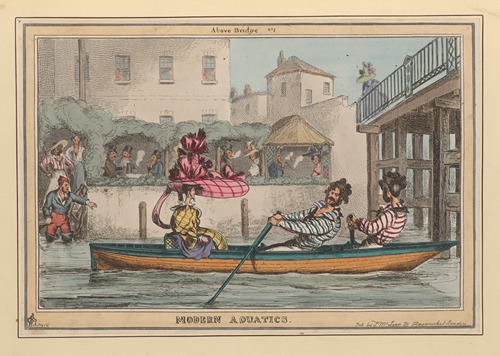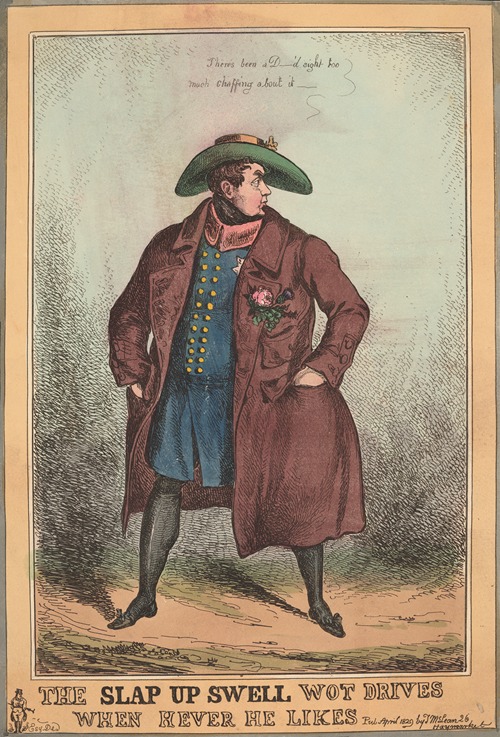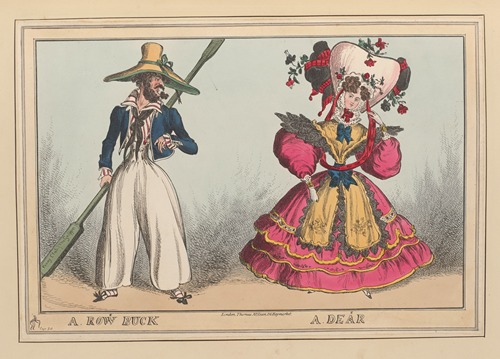![William Heath - King Henry IV [part 2], Falstaff, Thou dost give me flattering busses](https://mdl.artvee.com/sftb/962658il.jpg)
William Heath was a British artist who once described himself as a "portrait & military painter." He was best known for his published engravings which included caricatures, political cartoons, and commentary on contemporary life.
Heath was born in Northumberland, England. His early works often dealt with military scenes, including colour plates for The Martial Achievements, The Wars of Wellington, etc., but from about 1820 on he focused on satire.
Between 1827 and 1829, many of his works were published under the pseudonym "Paul Pry" (the name of an overly inquisitive stage character in a popular 1825 stage comedy by John Poole); also used the pseudonym Argus. He was described by Dr John Brown, biographer of John Leech as "poor Heath, the ex-Captain of Dragoons, facile and profuse, unscrupulous and clever".
Heath helped found an early caricature magazine, The Glasgow Looking Glass (renamed to The Northern Looking Glass after five issues). Heath created a numbered series of political caricatures between 1830 and 1834 for McLean's Monthly.
He died in Hampstead and was buried on the western side of Highgate Cemetery. His grave (no.124) no longer has a headstone or any identifying marker. The British Museum catalogue has over 160 works by Heath.
